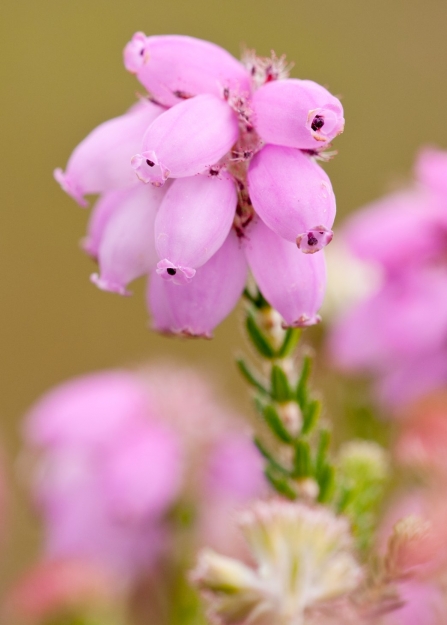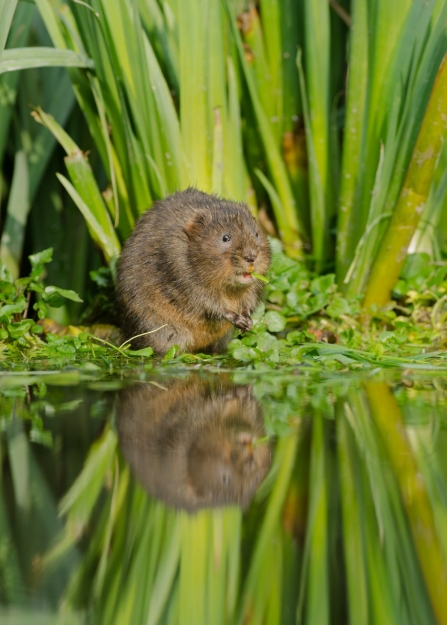My new role materialised during a day on Winmarleigh and Cockerham Moss, near Garstang, whilst helping out on a water vole survey.
Happily, the sun shone down on us, as we spent the day scrabbling around on our hands and knees trying to find traces of these shy little creatures. Clues include the small holes that act as entrances to their burrows, which are often surrounded by nibbled lawns, neat little piles of grasses and reeds piled in ‘larders’, and even their latrines, where these neat little creatures leave piles of tic tac-shaped droppings.




